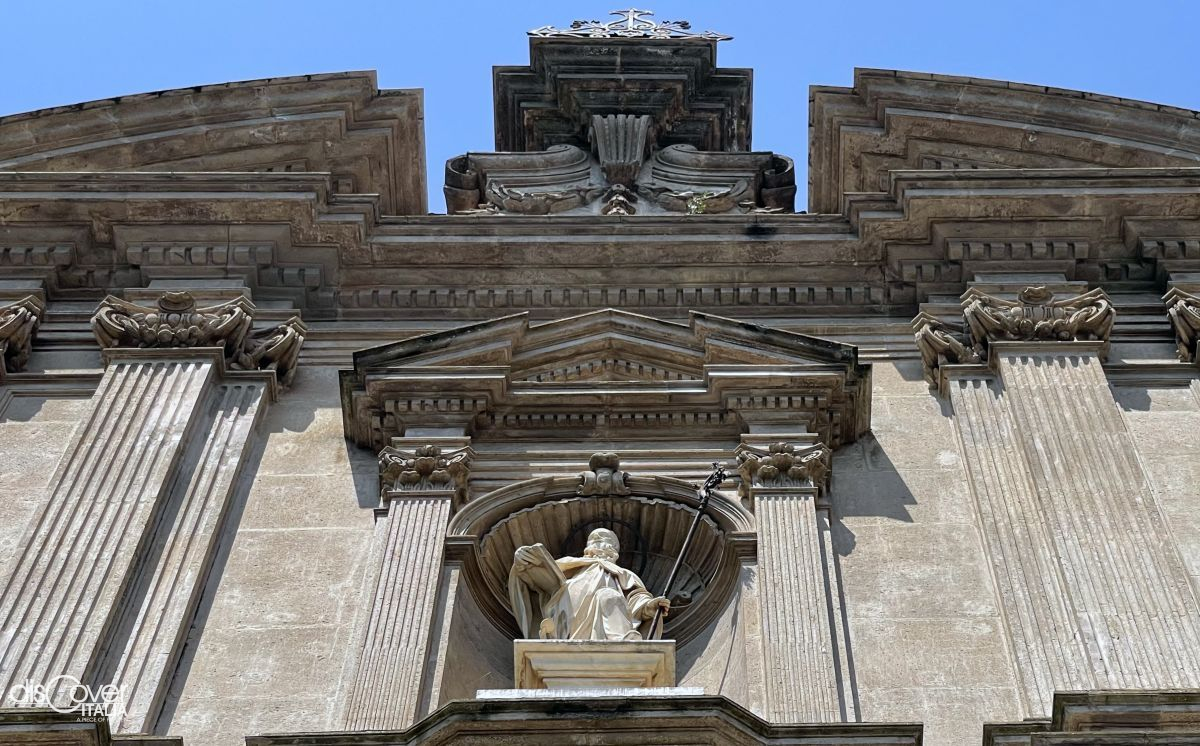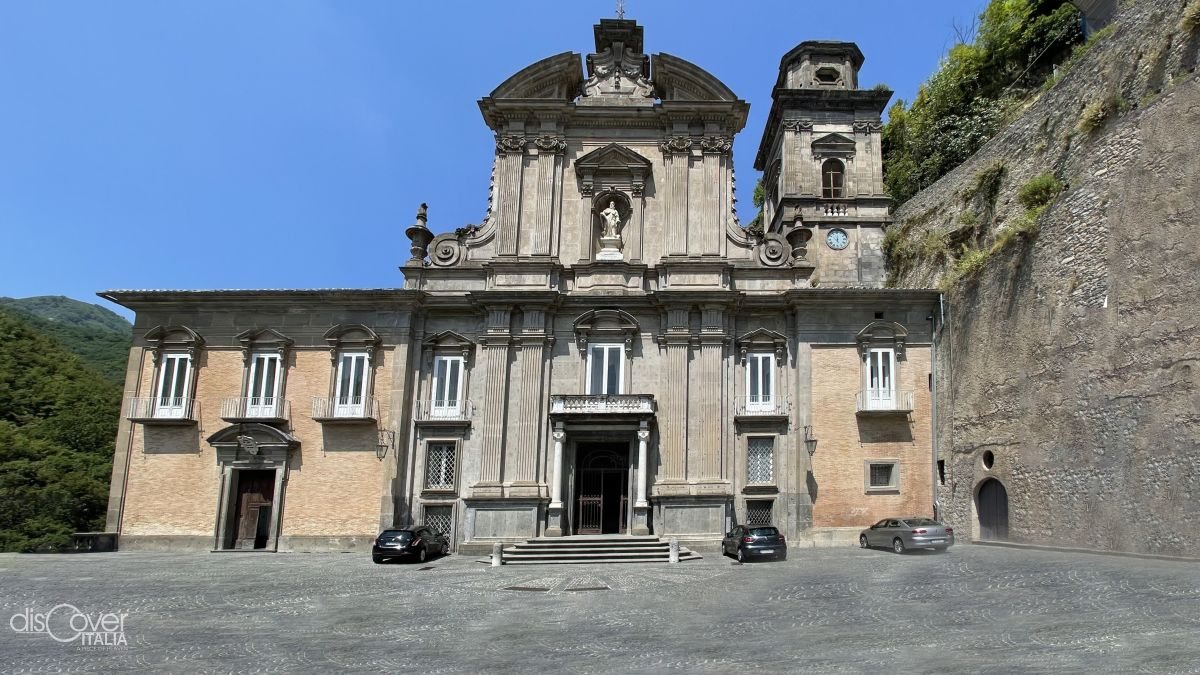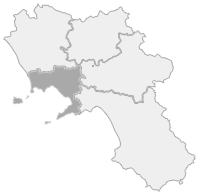Mystical place and centre of fervent religiosity, where twelve saints and blesseds lived and were educated. But also a formidable economic power with properties throughout the south of the peninsula and commercial interests from one side of the Mediterranean to the other. All of this has been the Abbey of the Holy Trinity in its thousand-year history, which began with a cave at the foot of Monte Finestra, in the Monti Lattari chain.
A cavern at an altitude of 350 metres, among thick vegetation, where the murmur of the Selano torrent and the mild climate of the nearby Amalfi Coast reached. A place of peace and meditation, chosen by the monk Alferio, perhaps belonging to the noble Pappacarbone family from Salerno, former ambassador of the Lombard prince Guaimar III. He stopped near Cava when, once back in Italy from the great Benedictine abbey of Cluny, where he had taken his vows and been ordained a priest, and after taking care of the Salerno monasteries, he decided to retire from the world. It was 1011 and the Arsicia cave became his refuge. There the charisma of the monk soon attracted crowds of faithful and young people eager to devote themselves to a meditative life. And therefore Alferio, to welcome them, built a monastery there, or the new abbey of Cava. It also included a church, completed in 1025. The monk, on the other hand, continued to live in the cave, where he died at the age of 120, on April 12, 1050, and where he was buried, already in the odor of sanctity. Not long after he was proclaimed a saint.
The growing power of the abbey
He was the first of a large group. In the two centuries that followed, no less than eleven of his successor abbots rose to the honors of the altars. And among the monks of the abbey at the time of Alferio there was also Desiderio, the famous abbot of Montecassino who became Pope as Victor III. A nephew of the founder, who later became St. Peter I, as abbot gave great impetus to the abbey, expanding it and creating a large congregation, on which numerous monasteries and churches depended not only in the closest territories, but in various areas of the South. Under Abbot Peter more than three thousand monks were consecrated and Pope Urban II, who had known him at Cluny, visited the monastery of Cava in 1092 and consecrated the new church as a basilica.
The growth of the abbey of the Holy Trinity continued steadily even with the successive abbots who cultivated increasingly close relationships with the powerful of the time. Popes and bishops, as well as Lombard lords and princes, and later Normans, entrusted fiefdoms, properties and patronage rights over various churches to the Cavense abbey. With Federico II the abbey obtained the privilege of exemption, by virtue of which the abbot of Cava depended only on the Pope for spiritual jurisdiction over the lands and properties. And by papal will, the antipopes Sylvester III and Gregory VIII, who died there in 1137, were safely confined to Cava.
In the management of the heritage, the abbots, elected for life, used to assign the lands to the local populations with the obligation to cultivate them. Then, after a few years, the abbots requested labor or census in proportion to the fertility of the different lands. To protect the populations of their fiefdoms, they organized hospices and hospitals. And to defend the inhabitants of the coastal areas subject to Barbary attacks, San Costabile and the Blessed Simone built the Castello dell'Angelo, which later became Castellabate. Obviously, they took care of the pastoral ministry in the dependent monasteries and the choice of priests to whom to entrust the churches in the orbit of the abbey.
The new Diocese of Cava and the Cathedral in the abbey
In the fourteenth century the spiritual drive of the first centuries faded and attention shifted to material goods and the management of land properties. At that stage, the abbey was embellished with beautiful works of art. In 1394 Pope Bonifacio IX conferred the title of city on the Terra di Cava, elevating it to an autonomous diocese with the bishop residing in the abbey, which became the Cathedral of Cava. At that time, the monastery was led by a prior and the community of monks constituted the Cathedral Chapter. Monsignor Angelotto Fusco, elected cardinal without leaving the role of prior, transformed the abbey and diocese into a commendation and his successors were also commendatory. This caused a phase of decline, because the monastery, governed by distant trustees, saw a drastic reduction in the number of monks, who could count on little means of subsistence.
A turning point came thanks to the last commendatory, Oliviero Carafa, who had the abbey aggregated to the Congregation of Santa Giustina of Padua, the so-called Cassinense Congregation. The reform returned an abbot to the abbey, restoring monastic discipline and the cult of the sciences and the arts. The seventeenth century saw the religious dimension flourish again, but also the care for the abbey, which underwent extensive restructuring between the sixteenth and eighteenth centuries. Abbot Giulio De Palma rebuilt the church and the seminary, parts of the monastery and the novitiate.
Following the Napoleonic suppression of religious orders, the abbey, which became an Establishment, was looked after by the last twenty-five monks and by the abbot Don Carlo Mazzacane as director. With the Restoration, Cava set off on a mission to Australia, which led to the foundation of another Abbey of the Holy Trinity in Nuova Norcia.
In 1866 the definitive suppression of religious orders had no particular consequences on the abbey, which was recognized and protected as a national monument. The few remaining monks established a lay college and devoted themselves to drafting the famous Codex Diplomaticus Cavensi. In it they published in full the contents of the oldest parchments of the archive. An invaluable work of preservation of the historical and cultural heritage that has made the abbey famous throughout the world. Illustrious scholars were welcomed in Cava. Meanwhile, the monastery was used as a school, first as a classical high school, then welcoming every order of study until the 2000s. The protection of the heritage handed down over time has been crowned in recent decades by the progressive restoration of the important abbey complex.
The church
The original church of Sant'Alferio, completed in 1025, had a single nave. The transformation began in 1096, by Abbot Peter I, and led to an expansion of the sacred building, with three naves. The current conformation dates back to 1761, under the abbot Giulio De Palma and designed by the architect Giovanni Del Gaiso, to whom the current façade must also be attributed. To make room for the new church, the older one was demolished. Only the chapel of the Holy Fathers remained of it. From the ancient church comes the magnificent 12th century Cosmatesque ambo, recently rebuilt. It is perhaps a gift from King Roger II, who wanted to bury his second wife Sibilla in the basilica. For her he had a tomb covered with mosaics of which only the sarcophagus has come down to us. At the end of the right aisle is the Chapel of the Holy Fathers, renovated and covered with polychrome marble in 1641. Before the chapel and after the balustrade, there are four sixteenth-century statues, the oldest of which are dedicated to San Matteo and Santa Felicita. The cell in the cave of Sant'Alferio is incorporated into the basilica. The body of the first abbot is found under the altar on the left. Also in the altar of San Leone there are various relics of saints, while the urn with the relics of San Costabile is in front of the altar of the Blessed Sacrament.
The frescoes in the basilica, from 1857, are the work of the Calabrian painter Vincenzo Morani. Sant'Alferio in contemplation of the Holy Trinity on the vault of the choir and the Adoration of the Redeemer in the dome stand out. In the transept, on the right, you can admire the Death of San Benedetto with numerous Benedictine saints and on the left the Resurrection with prophets and apostles. The most valuable fresco is the Deposition from the Cross on the altar of the left transept. On the first altar to the right of the entrance there is a painting depicting San Mauro by Achille Guerra. The door of the Baptistery dates back to the 16th century, like the marble portal and the door of the sacristy. In the twelve altars of the basilica are the relics of the twelve holy and blessed abbots.
The other environments of the visit itinerary
From the sacristy you can reach the two chapels of the ancient basilica. On the two altars there are important sculptures by Tino da Camaino, commissioned by Abbot Filippo de Haya who, as adviser to the king, was able to get the great artist to work in Cava. Noteworthy are the 11th-century frontal in the high altar of the basilica of Urban II and, on the left, a 15th-century marble portal with the 16th-century inlaid door.
The Chapter Room occupies the space of the sacristy before 1761. The carved wooden backrests from 1540 and the frescoes from 1632, which depict San Benedetto with Sant'Alferio and other founders of Benedictine congregations, are of excellent workmanship. A real jewel is the fifteenth-century floor of decorated “riggiole” from the monastery of Sant'Andrea delle Dame in Naples.
Between the Arsicia cave and the Selano stream is the cloister, quite small in size, which retains the evocative atmosphere of the original complex dating back to the 11th-13th century. A Roman wall is evident inside the cave inhabited by Sant'Alferio. The discovery of the sculpture of a faun suggests the hypothesis that it could have been a place of worship long before the medieval saint settled there. There are also some Roman sarcophagi from the 3rd AD.,where illustrious personalities were buried.
The library is extraordinary, with 80,000 volumes, including precious incunabula and 16th century books. In the three rooms are kept texts on Patristics, Theology, Law and History. Even more famous and precious is the Archive, arranged in two rooms from the end of the eighteenth century. Fundamental documents are collected here for the history of the monastic complex and of the territories in which it branched out in its history. As many as 15,000 parchments, the oldest of which dates back to 792, and many paper documents. Among the most important codes, there is a Visigothic Bible from the 9th century, the Codex Legum Langobardorum from the 11th century, the Etymologiae of Isidore from the 8th century and the De Temporibus of the Venerable Bede from the 11th century, on which the monks regularly noted the most important events of the abbey and of the world at the time. The notes are known as Annales Cavensis.
After the Second World War, a large room from the 13th century was fortunately found. The vault has been redone, but everything else is original.
The seat of the Museum was part of a building separate from the monastery and used as a guest house. There are the works of art of the abbey.
In the basement of the abbey, in the cloister and in the vicinity, there was the cemetery of monks and seculars. Under the basilica are the foundations of the small church of Sant'Alferio, which look like a long corridor divided into three rooms: the first is the 13th-century Chapel of San Germano. Adorned with frescoes from the 15th and 16th centuries by Andrea da Salerno, saved and placed in the hall of the ancient chapter. A series of gray arches perhaps housed the most illustrious sepulchres. Costanzo Punzi, treasurer of King Robert of Anjou in 1338, is buried under one of the trefoil arches. Under the cloister are evident structures from the 9th and 13th centuries.




Comments powered by CComment